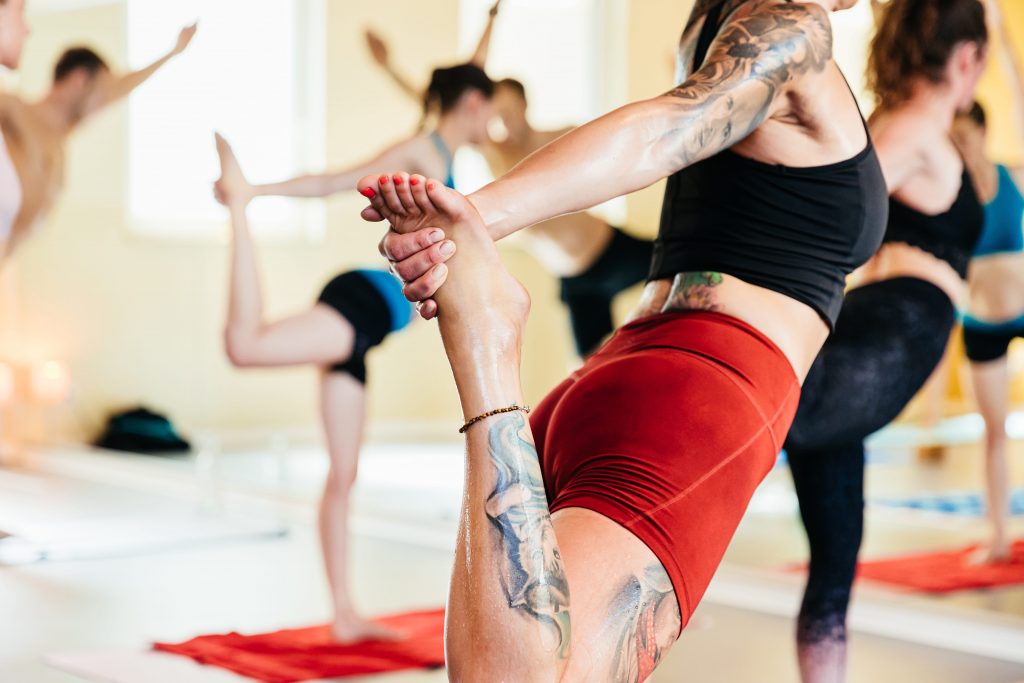- Chafing is painful skin irritation caused by friction that worsens with moisture.
- It's more likely to happen when you're hot and sweaty, like on summer days and during exercise.
- Wearing clean, tight clothing and applying balms to affected areas can reduce your risk of chafing, according to dermatologists.
If you're prone to chafing on hot summer days, you're not alone.
People of all shapes and sizes may experience redness and irritation when their skin rubs against clothing or other areas of skin, such as the armpit or inner thigh.
The combination of hot temperatures, extra sweat, and shorter clothing makes chafing especially common in the summer months, board-certified dermatologist Marisa Garshick told Insider.
Areas prone to chafing include the thighs, breasts, buttocks, and underarms, Garshick said. People may also chafe their nipples or experience friction along their bra line during prolonged exercise on hot days, or even during something as mild as a walk on the beach.
"While it is not necessarily concerning or harmful, it can worsen with continued friction and potentially lead to scarring or discoloration," she noted.
Although this kind of irritation rarely requires medical treatment, continued chafing over time may cause burning pain, peeling, and even blisters, Insider's Sarah Fielding previously reported.
Choosing the right moisturizer and workout clothes can help prevent skin from chafing. Here are a few ways to reduce friction and soothe sensitive skin.
Create a barrier to prevent friction
The best way to treat chafing is to prevent it, board-certified dermatologist Joshua Zeichner wrote in an email to Insider.
Covering the skin with a layer of fabric that will not cause additional friction may require some trial and error. Some people will try to create a barrier with clothing or shapewear, but the skin may also chafe from rubbing against sweaty clothes.
Anti-chafing balms, creams, and powders can provide some lubrication to reduce the friction in chafing hotspots, Garshick said. Popular options include roll-on balms from Body Glide and Megababe's Thigh Rescue, which both contain Vitamin E to help soothe the skin.
Choose clothing that won't rub
If you do opt for a fabric barrier to reduce skin-to-skin contact, make sure to choose wisely.
Tight-fitting layers like leggings or bike shorts are less likely to rub against your skin than loose shorts, but the inner seams may still cause some irritation. In an article for Self, plus-sized trainer Louise Green recommends avoiding clothing with prominent seams that could rub against the underarm or inner thigh.
Walking around in a dress on a hot day comes with its challenges, but undergarments designed to prevent chafing can offer some protection. Thigh Society makes "slip shorts" with moisture-wicking panels along the thighs and flat stitching that won't irritate the skin, and there are also plenty of thigh bands to try from other brands.
Change out of sweaty clothes as soon as you can
Moisture increases your risk of chafing, so it is important to avoid walking around in sweaty or damp clothing as much as you can, Garshick said.
After a sweat-inducing workout, change into dry clothes and wipe your skin to remove any sweat residue. If you hit the beach, try to avoid getting your shorts wet so they don't irritate your thighs.
Apply moisturizer to help your skin recover
If you do begin to develop redness or irritation in chafing hotspots, do not ignore it, Garshick warned. Early intervention will help preserve the skin's barrier and prevent further damage.
Moisturizing lotions, creams, and ointments can help soothe chafed skin, she said. She suggested speaking with your dermatologist to determine the best course of treatment, but generally recommends Vaseline's Healing Ointment.
Zeichner concurred that there's "nothing better" than Vaseline to protect and heal chafed skin. The ointment is made of 100% petroleum jelly (also called petrolatum), which not only lubricates areas prone to chafing but also locks in the skin's natural moisture.

